Denmark’s coalition government agreed to implement this unprecedented tax. The tax will start in 2030, targeting livestock emissions.
It forms part of a larger 40 billion krone ($3.7 billion) climate investment. This initiative aims to help Denmark meet its climate goals. The country becomes the first to tax agricultural emissions directly.
Livestock Farming: A Major Emissions Source
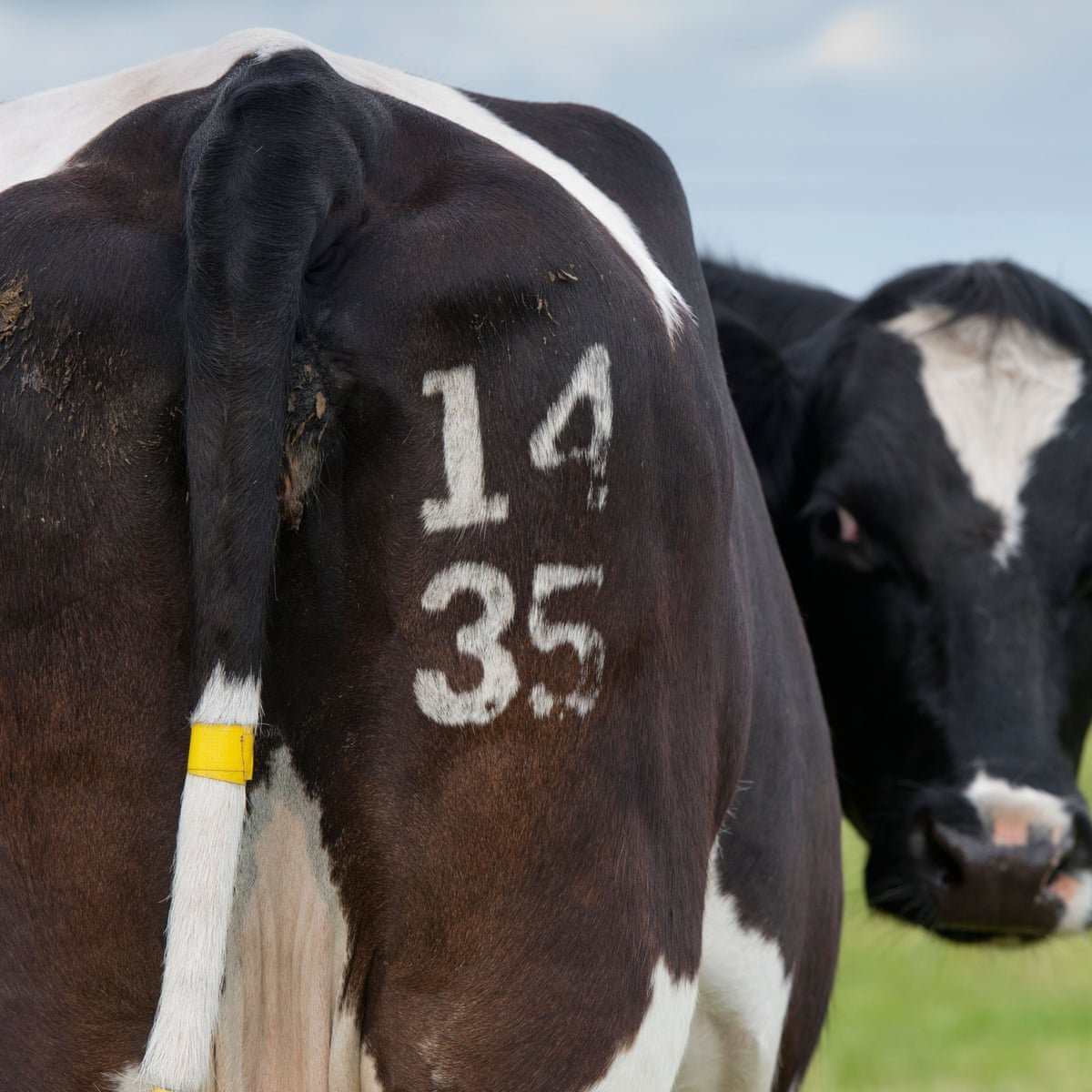
Agriculture contributes significantly to Denmark’s emissions. Livestock farming accounts for a large portion of these emissions. Globally, livestock farming produces about 12% of greenhouse gases.
Methane from cows is a potent contributor to this pollution. Denmark’s tax addresses this critical environmental issue.
Tax Structure and Implementation Timeline
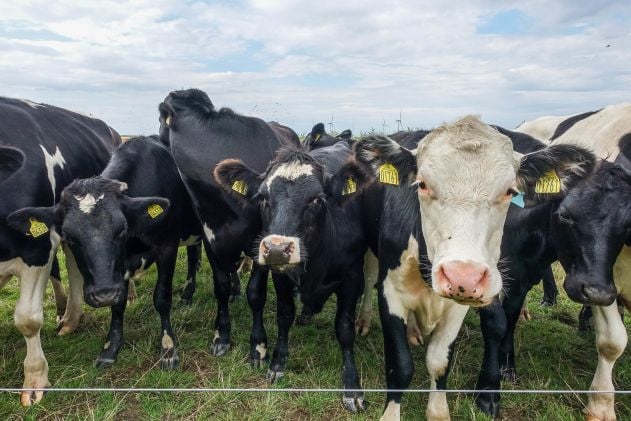
The tax will start at 300 krone ($43) per tonne of CO2-equivalent. It will rise to 750 krone ($107) by 2035. A 60% tax break will initially apply to farmers.
The effective tax will be 120 krone ($17) per tonne in 2030. This structure aims to balance environmental goals with economic considerations.
Impact on Danish Dairy Industry
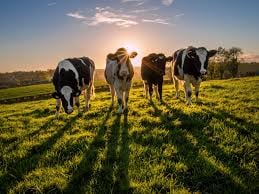
Danish dairy cows emit an average of 5.6 tonnes CO2-equivalent annually. The tax will cost farmers about 672 krone ($96) per cow yearly.
This cost will increase to 1,680 krone ($241) by 2035. Denmark’s dairy industry is a major exporter. The tax may significantly impact the sector’s profitability and operations.
Government’s Climate Goals and Investments

The tax is part of a comprehensive climate strategy. Denmark will invest 40 billion krone in environmental measures. These include reforestation and wetland establishment projects.
The government aims to reduce agricultural emissions significantly. This aligns with Denmark’s broader climate commitments and EU targets.
Farmers’ Reactions and Industry Concerns
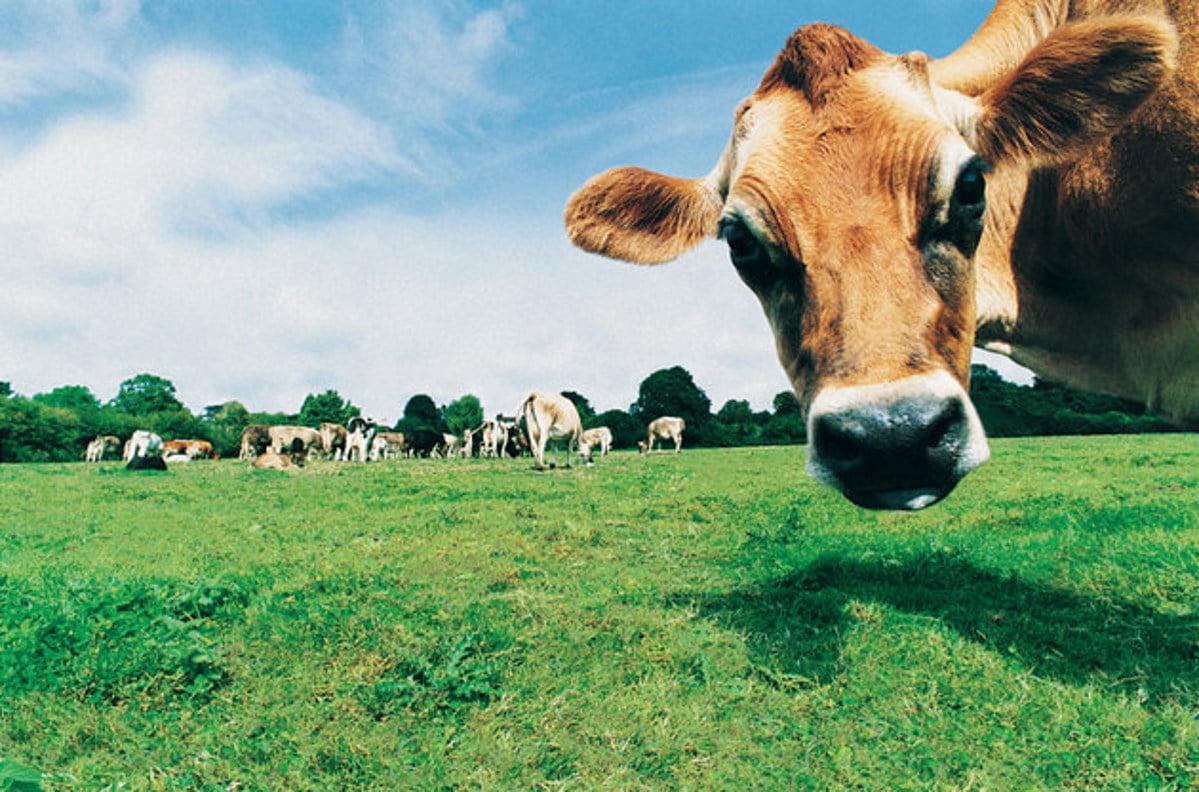
Some farmers’ groups have expressed anger over the tax. They worry about increased costs and competitive disadvantages. The Danish farmers’ group Bæredygtigt Landbrug called it a “scary experiment”.
Some fear it might hinder green investments in agriculture. However, others in the industry have cautiously welcomed the initiative.
Global Context of Agricultural Emissions
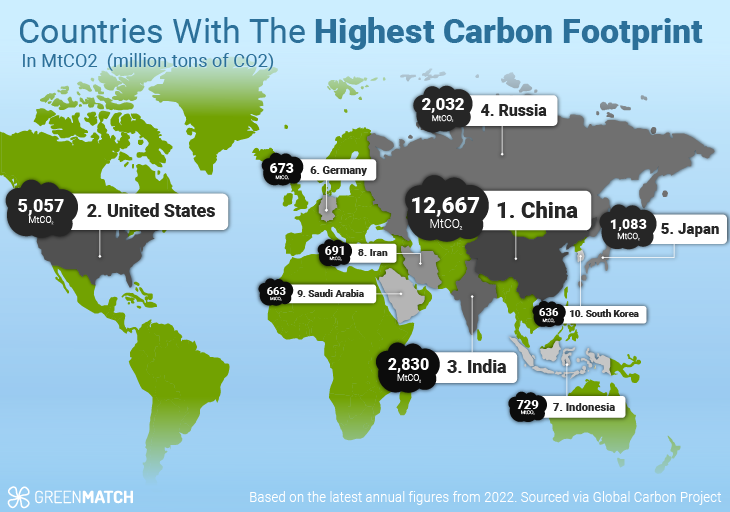
The global food system produces about 33% of greenhouse gases. Livestock farming is a significant contributor to this figure. Methane from cattle is particularly problematic for climate change.
Many countries are seeking ways to reduce agricultural emissions. Denmark’s tax could serve as a model for other nations.
Potential Solutions for Emissions Reduction
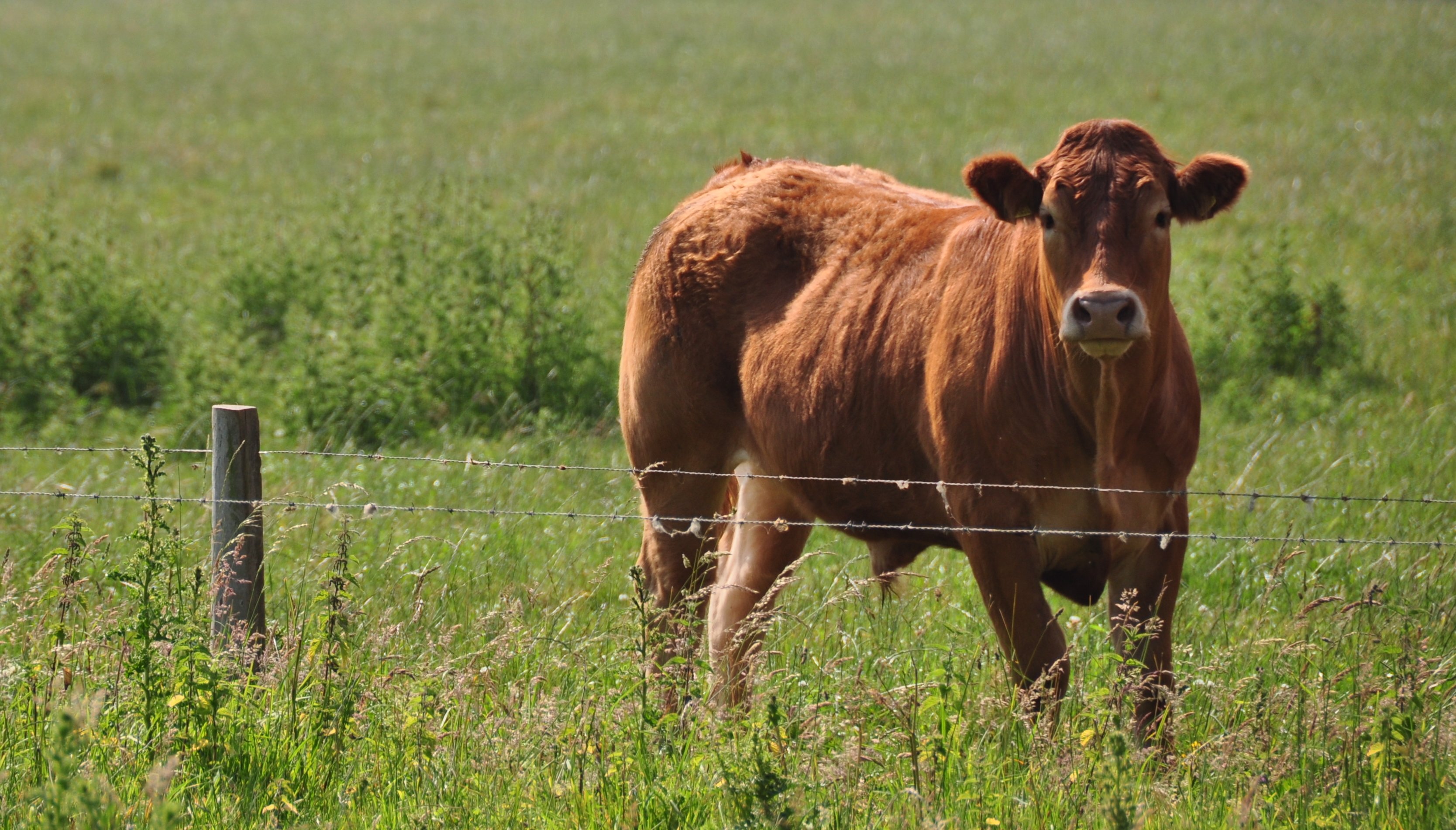
The tax aims to encourage farmers to find emission-reducing solutions. Changing animal feed could potentially lower methane production. Improved manure management might also reduce emissions.
Some farms are exploring biogas production from waste. Research into low-emission breeding practices is ongoing.
European Agricultural Protests and Regulations
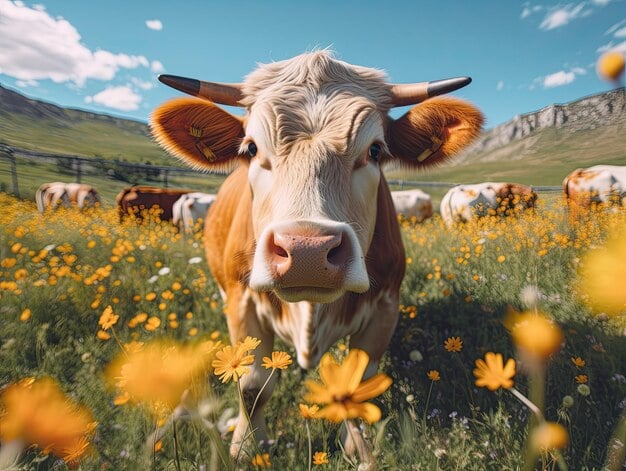
Recent months saw farmer protests across Europe. Issues included environmental regulations and bureaucratic burdens. The new Danish tax adds to these existing tensions.
It highlights the challenge of balancing climate action with agricultural livelihoods. The EU is also considering broader agricultural emission regulations.
Industry Leaders’ Perspectives on Tax
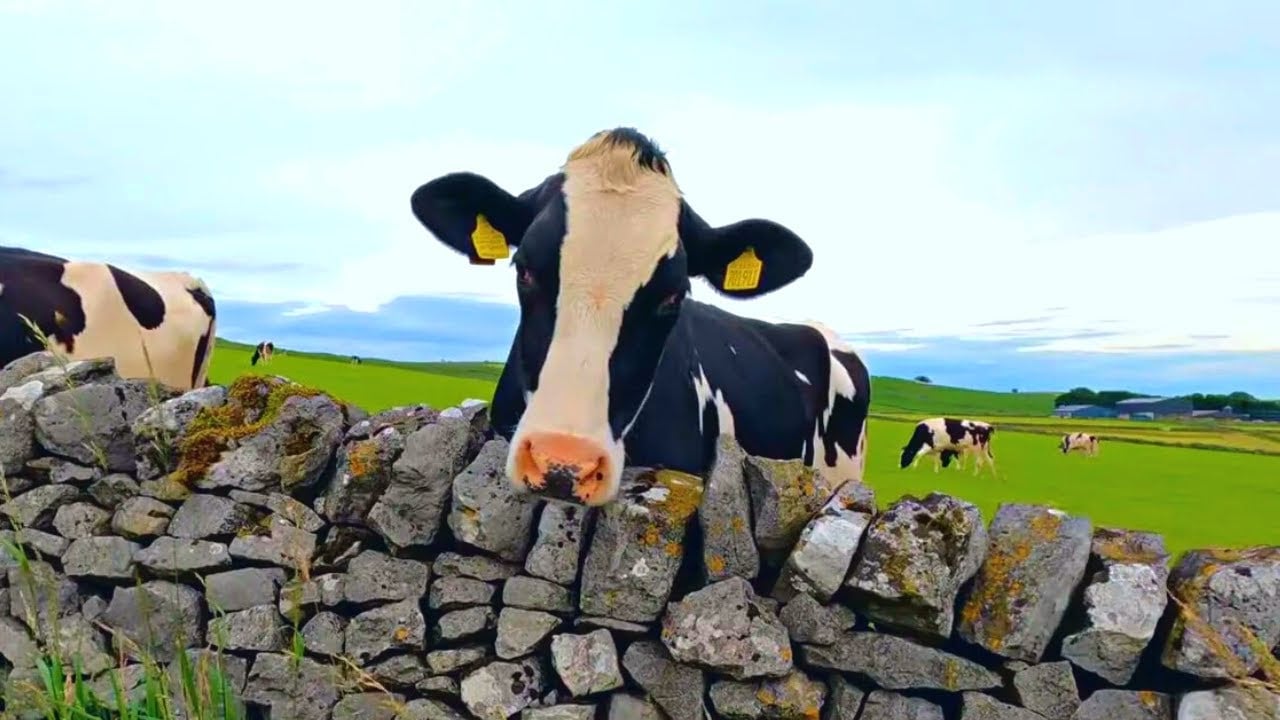
Arla Foods’ CEO called for exemptions for proactive farmers. DLG Group emphasized the need for EU-wide implementation. Some leaders worry about competitive disadvantages if acting alone.
Others see potential for innovation and leadership. The industry calls for support in transitioning to lower-emission practices.


